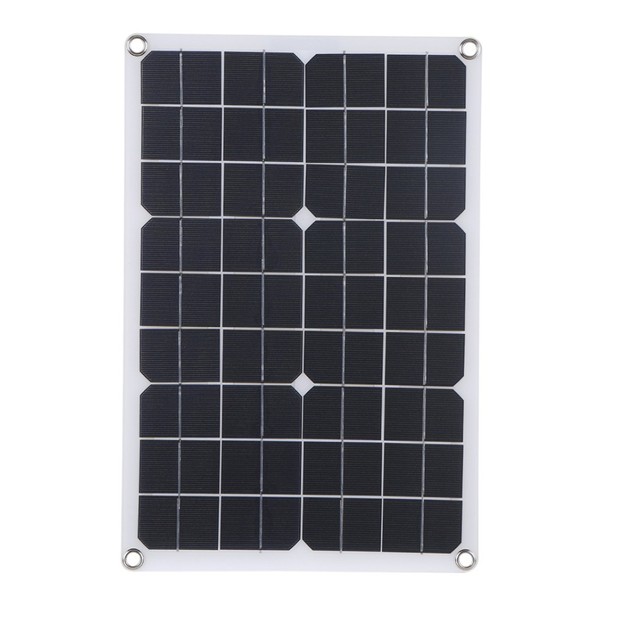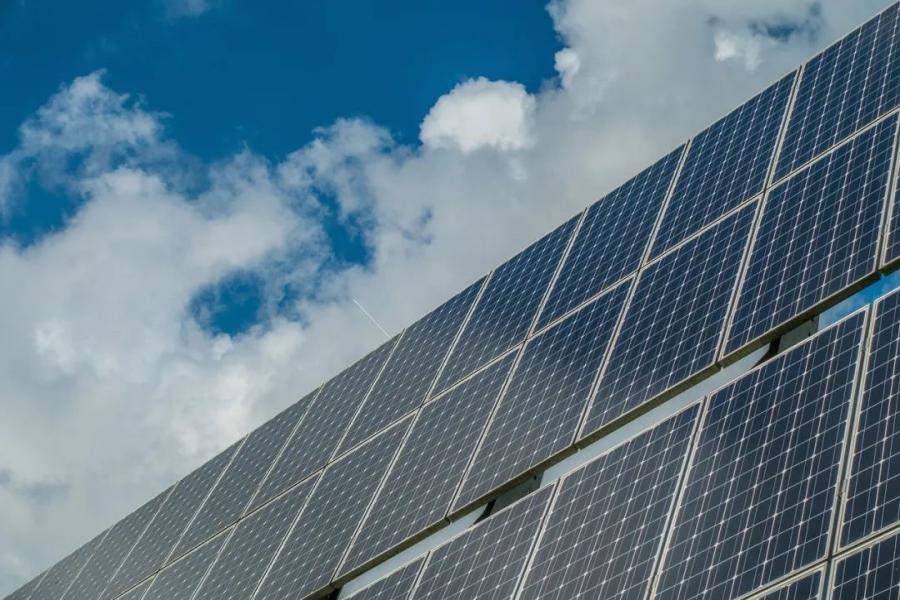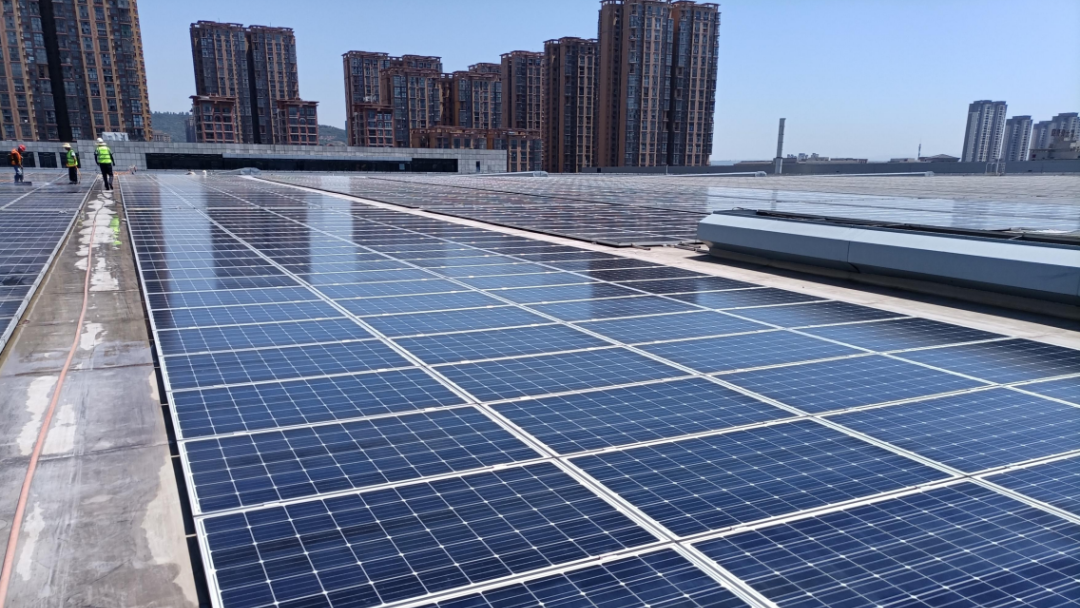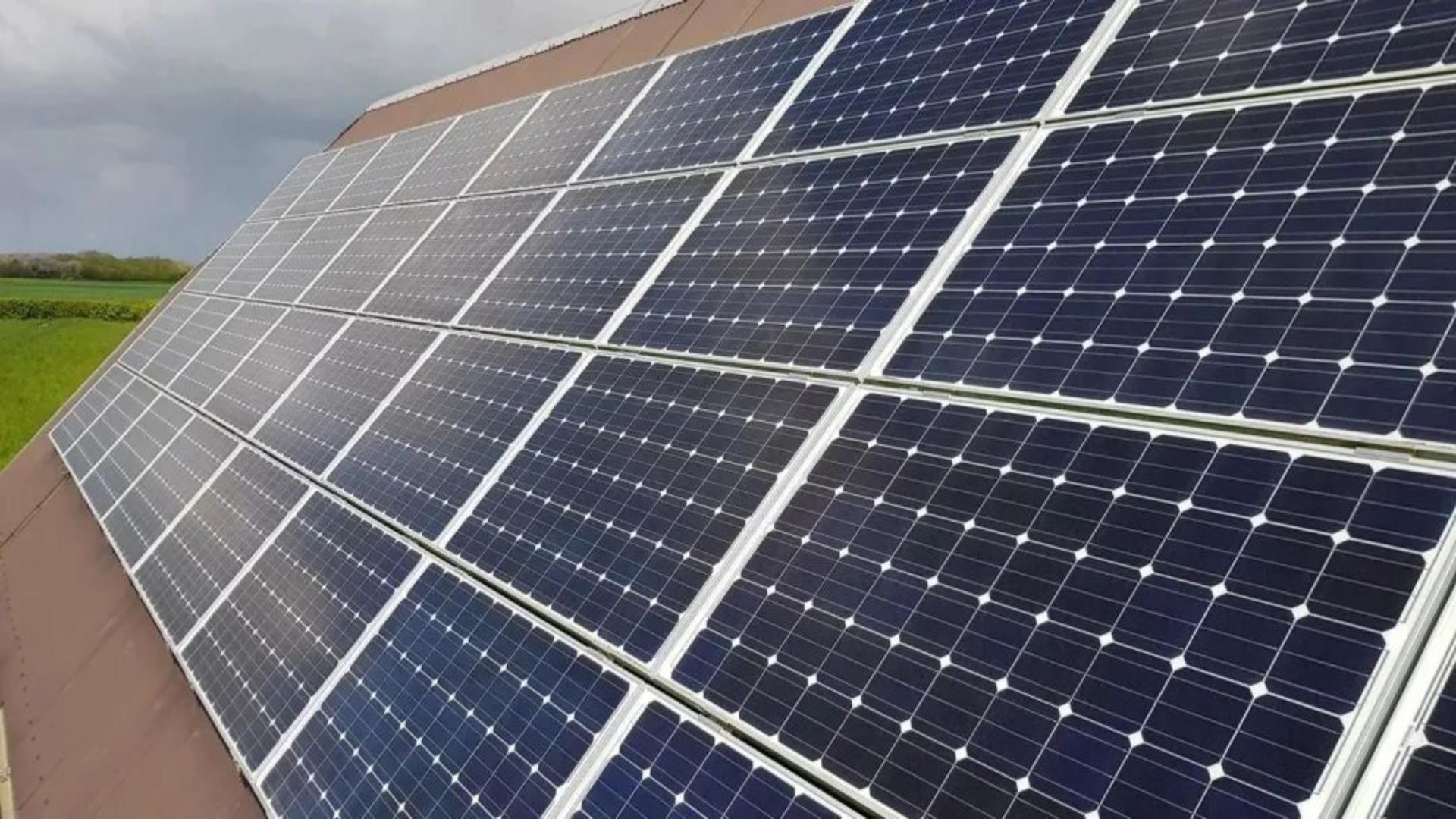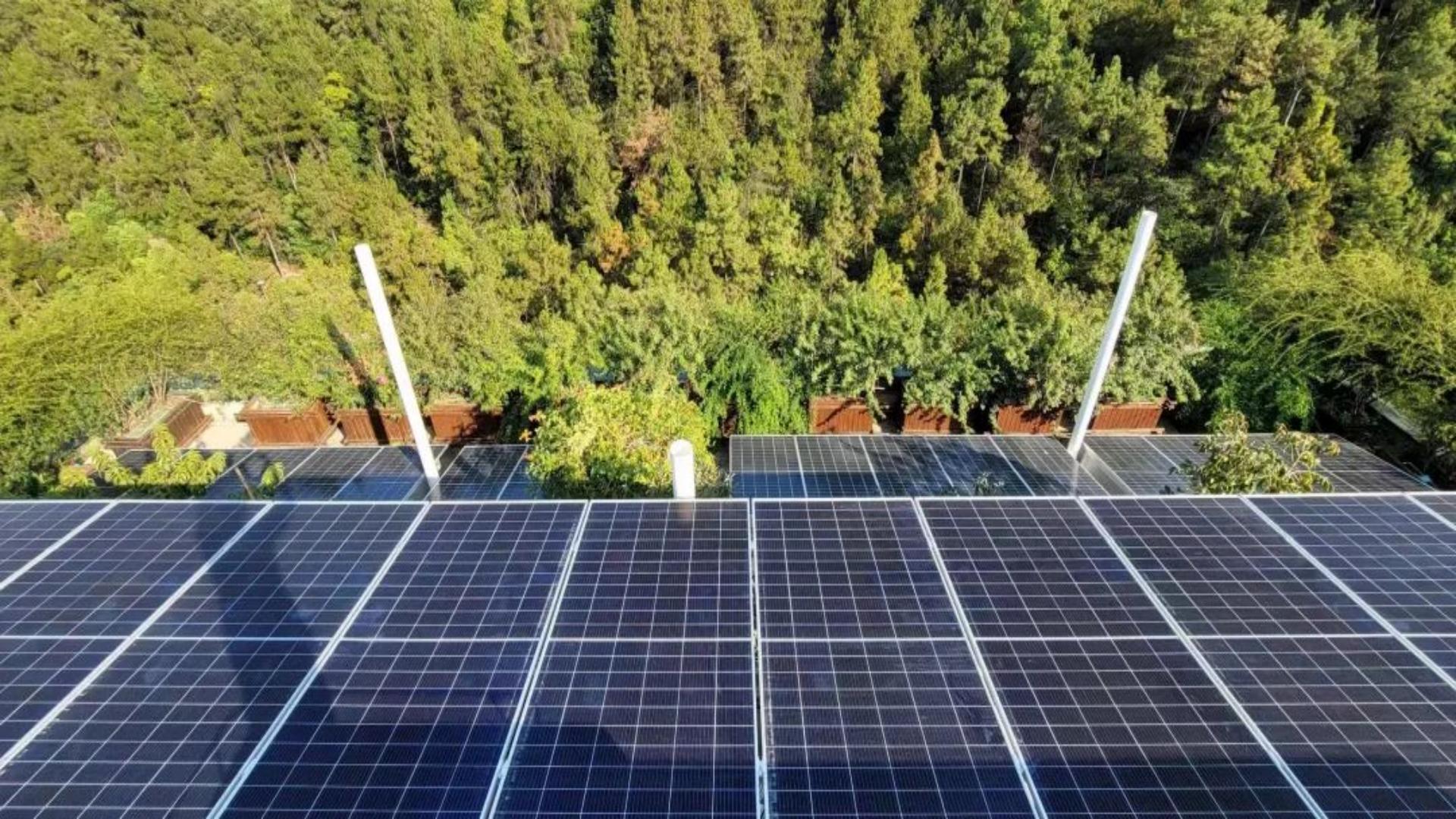Solar Panel Types And Differences | DSBsolar
Single Crystalline Silicon Solar Panels
● The solar cells in monocrystalline silicon solar panels are composed of a single crystal.
● Compared to polycrystalline silicon solar panels, under the same device area, it can actually achieve higher power capacity of 50% to 60% without increasing upfront costs. In the long run, power plants with higher production capacity will be more beneficial in reducing electricity costs.
●This is the mainstream solar panel nowadays.
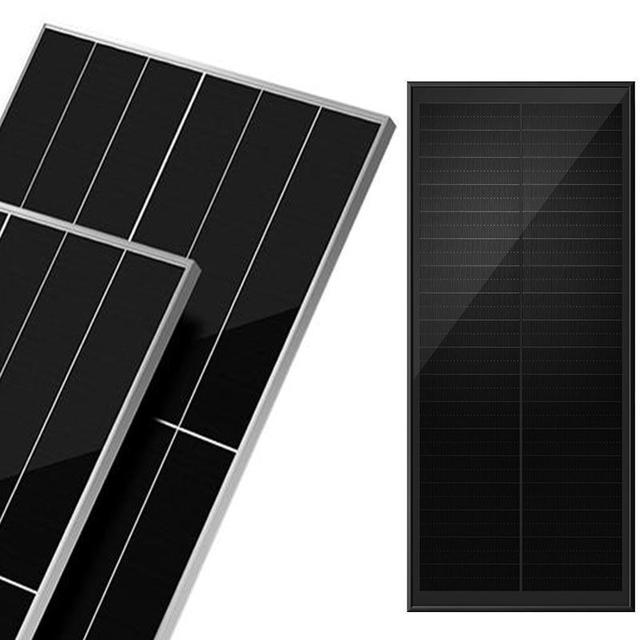
Multiple Crystalline Silicon Solar Panels
● Polycrystalline silicon solar cells are manufactured by melting many silicon fragments and pouring them into square molds, and the manufacturing process is much simpler, so polycrystalline silicon solar panels are cheaper than monocrystalline silicon.
● However, polycrystalline silicon batteries have been almost phased out in the market due to their instability and low power generation efficiency. Nowadays, both household use and large-scale photovoltaic power plants almost no longer use polycrystalline silicon solar panels.
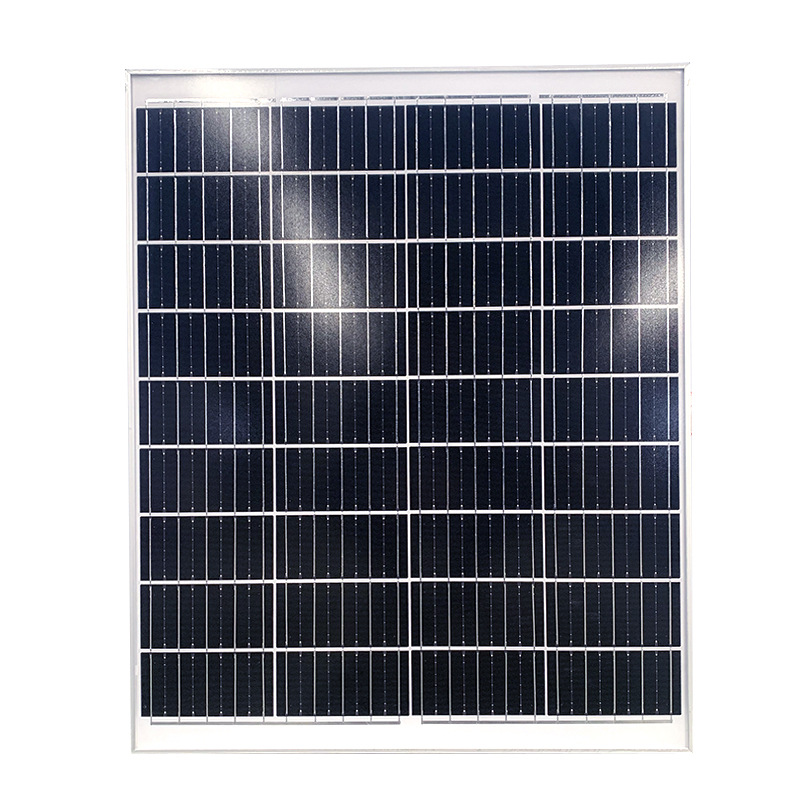
Thin Film Solar Panels
The characteristic of thin film panels is that they have very fine flexible layers. Due to the fact that each panel does not require solar brackets for support, they are lighter and easier to install. Unlike crystalline silicon panels with standard sizes of 60, 72, and 96 batteries, thin film panels can be customized to meet specific needs. However, their efficiency is lower than that of standard silicon solar panels.
● Price: Thin film solar panels are slightly cheaper than crystalline solar panels, but have a shorter lifespan.
● Efficiency: Approximately 7-13%.
● Lifetime: Generally speaking, crystal solar panels have a longer lifespan.
Thin film solar panels are different from crystal solar panels in that they are made of different materials. As follows:
● Cadmium telluride (CdTe)
● Amorphous silicon (a-Si)
● Copper indium gallium selenium (CIGS)
1. Cadmium telluride (CdTe)
CdTe batteries have the same low-cost advantages as polycrystalline batteries, while also having the lowest carbon footprint, water demand, and energy recovery time among all types of solar panels. However, due to the toxicity of cadmium, recycling it is more expensive than recycling other materials.
2. Amorphous silicon (a-Si)
The name of amorphous silicon panels (A-Si) comes from their intangibility. Unlike single crystal and polycrystalline solar cells, silicon is not a molecular structure. Generally speaking, the silicon used in a-Si batteries is only a small fraction of the silicon required to produce standard silicon batteries. This enables them to have the lowest production costs while sacrificing efficiency. Therefore, a-Si panels are very suitable for low-power applications such as pocket calculators.
3. Copper indium gallium selenium (CIGS)
Deposit a thin layer of copper, indium, gallium, and selenium on the glass or plastic backing of CIGS panels. This combination produces the highest efficiency among thin panel types, although it is still not as efficient as crystalline silicon panels.
